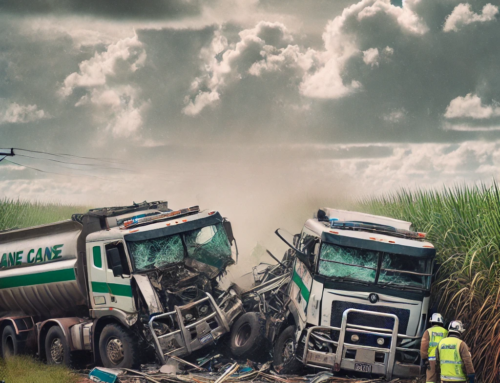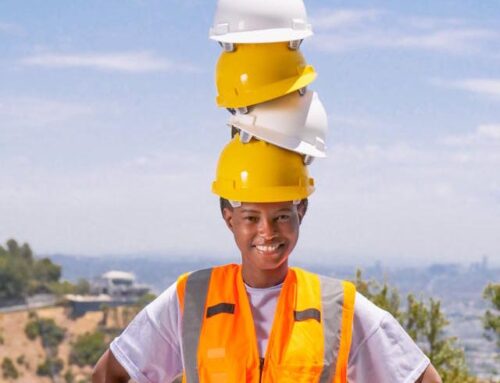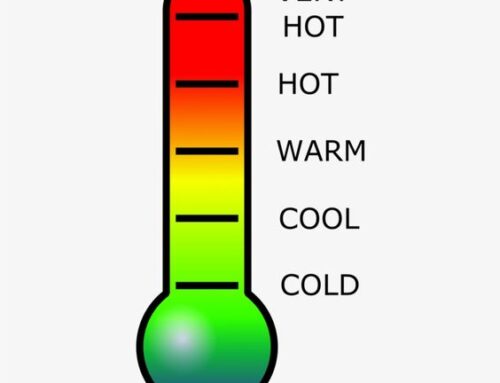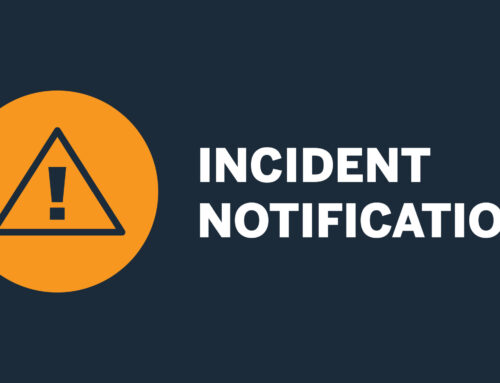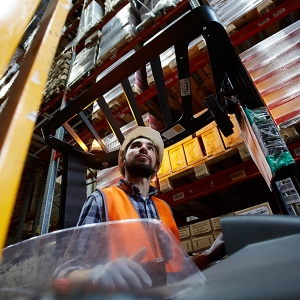
April 2020, a man suffered serious injuries after being crushed by a front end loader. Initial enquiries found the operator got out of the cabin to untie a hay bale when the vehicle started rolling down a slope. It appears the operator was attempting to re-enter the cabin when he was trapped between the moving plant and a gate post.
IMPORTANT: These findings are not yet confirmed and investigations are continuing into the exact cause.
Preventing A Similar Incident
A number of Queensland workers have been seriously injured or killed because vehicles haven’t been safely immobilised while work is being done on or around them. Duty holders must ensure trucks, trailers, and mobile plant are safely immobilised when they exit these vehicles or work around them.
The person conducting the business or undertaking (PCBU) must manage risks associated with immobilising vehicles. Risk management starts with a commitment to health and safety from those who manage the business. Managing work health and safety risks is an ongoing process and involves four steps, which are: identifying hazards, assessing risks, controlling risks and reviewing control measures to ensure they are effective.
Once the risks have been assessed, the next step is to implement control measures to manage the risks associated with immobilising vehicles.
Following the hierarchy of controls, you must always aim first to eliminate the hazard of a vehicle rolling when the operator is not inside it. If elimination is not possible, work your way down the order of controls. This includes one or a combination of the following:
- Engineering controls – this involves changing physical characteristics of the plant or work area to remove or reduce the risk. Examples include;
- Installing a handbrake warning system to alert drivers when the handbrake has not been applied
- Chocking wheels on both sides of the vehicle using serviceable purpose-built chocks
- Using a flat even surface that can bear the general load of the vehicle
- Administrative controls – in addition to the above:
- developing safe work procedures for:
- conducting vehicle inspections
- use of stands, jacks, chocks or other systems for immobilising vehicles
- providing workers with instruction, training and supervision on safe work procedures
- ensuing worker training, experience and competency aligns with the requirements and complexity of the task
- exclusion zones around vehicles and ensuring these are clearly marked and enforced
- developing safe work procedures for:
Control measures should be reviewed regularly to ensure they are effective.
More Information
Suncoast Safety specialises in Safe Work Method Statements (SWMS) for Front End Loader.
Friendly Service, Free Quotes and Helpful Advice. Contact us Today 0429 990 418 or (07) 5493 2961
Serving but limited to the Sunshine Coast, Brisbane, Gold Coast, Ipswich, Gympie, Maryborough, Hervey Bay, Bundaberg, Central Queensland & Far North Queensland
#suncoastsafety #safetyconsultant #riskmanagment#safetymanagementplan #environmentalsafetymanagementplan#siteinspection #toolboxtalks #safeworkmethodstatments #sunshinecoast #brisbane #goldcoast#ipswich #gympie #maryborough #bundaberg #centralqueensland#farnorthqueens


